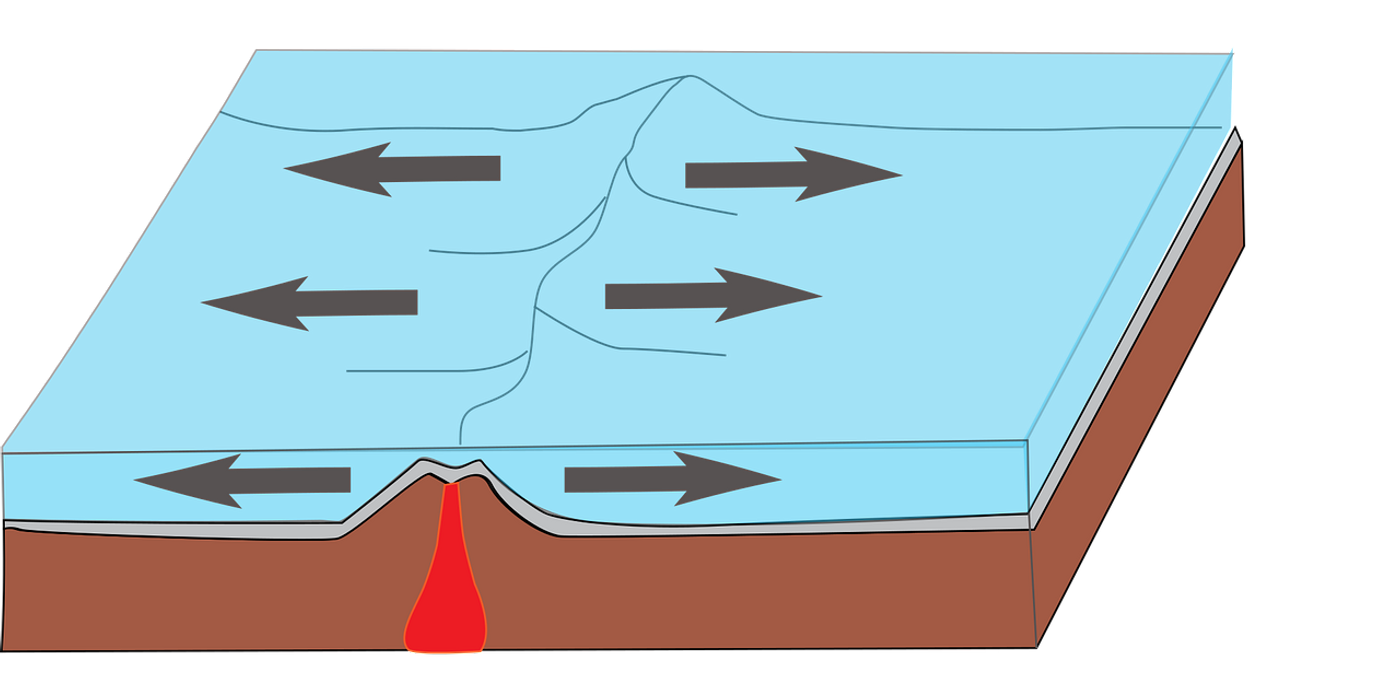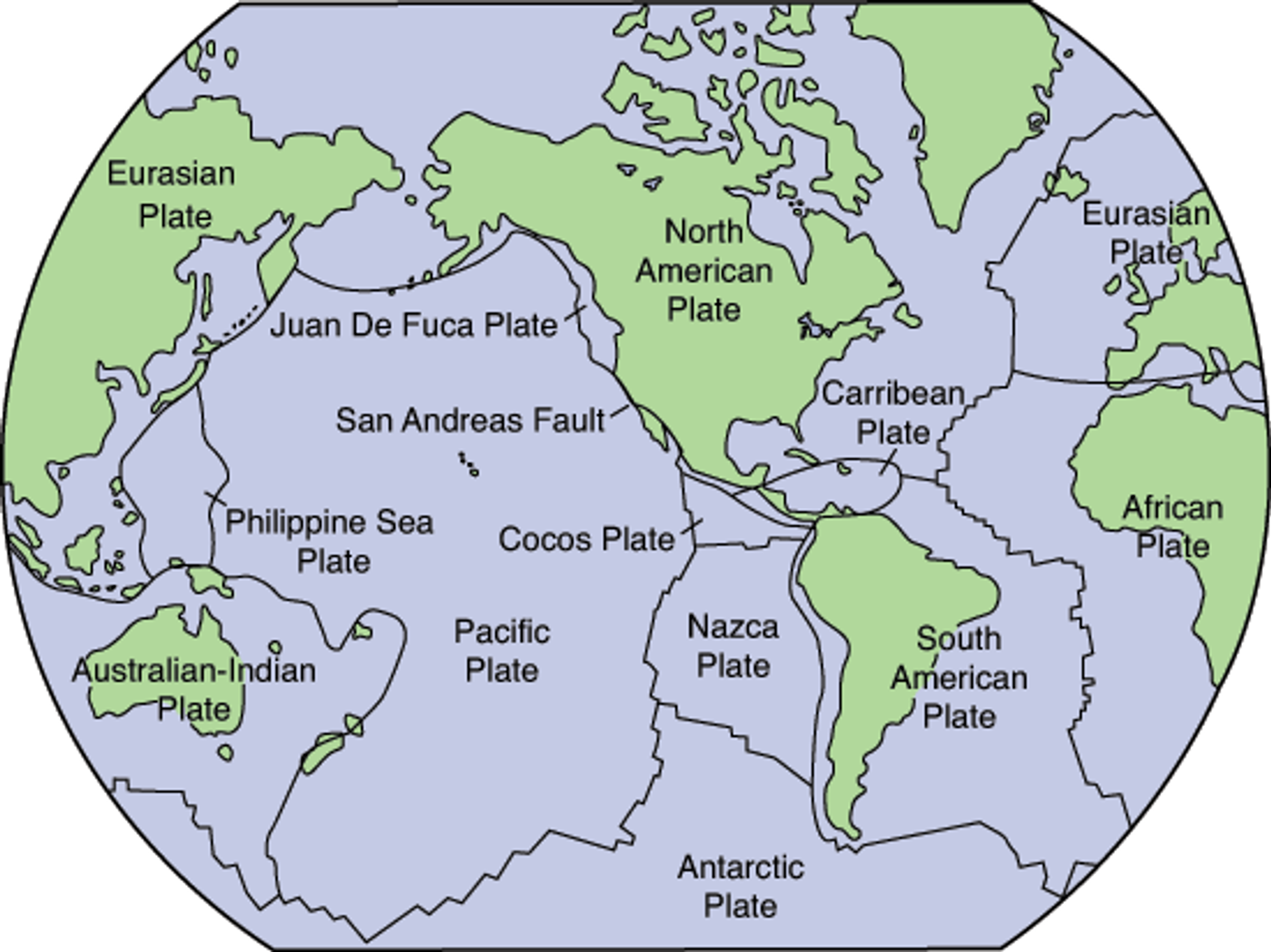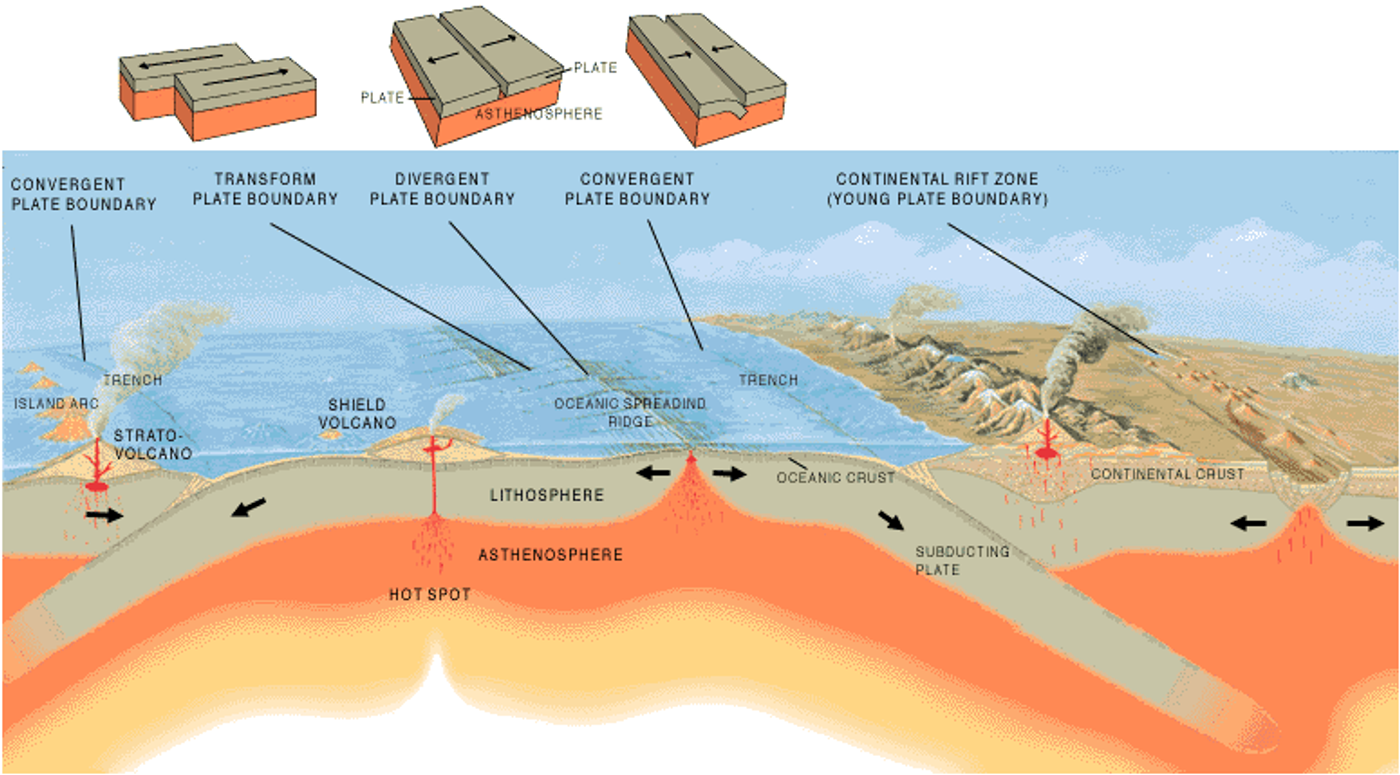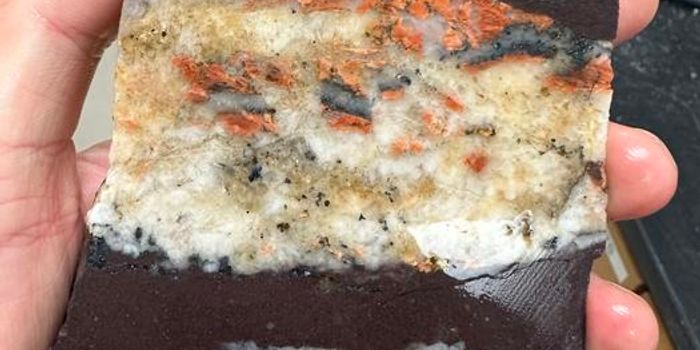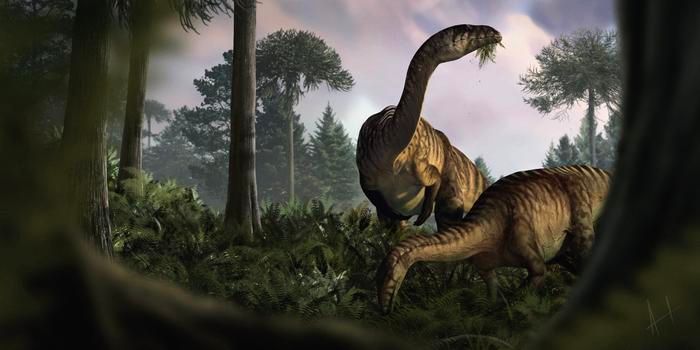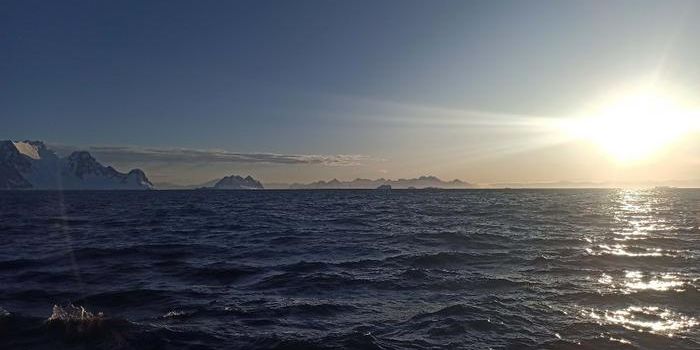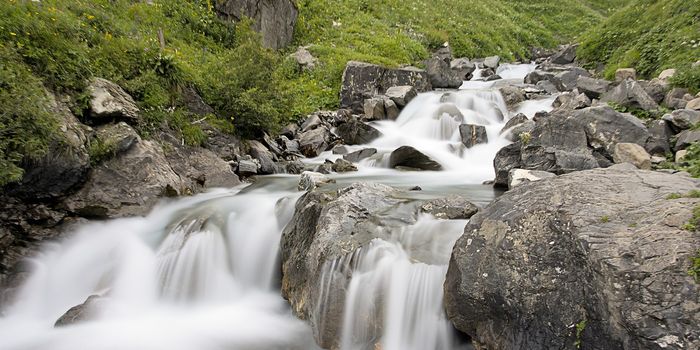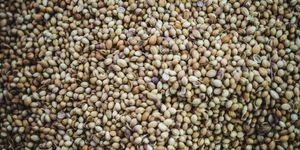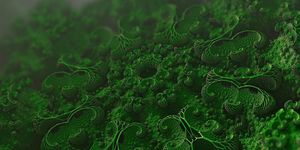Why are plate tectonics so awesome?
We often affiliate plate tectonics with earthquakes, as we are all taught in school that the shifting of plates leads to big shakes. But plate tectonics serve a far more important job to the planet than creating earthquakes, as they are one of the key reasons why life exists on Earth. We recently explored why volcanoes are so awesome, and they’re awesome because of plate tectonics. While Earth is a very lively planet on the surface, underneath is where the real fun is happening, as about a dozen plates are constantly grinding, colliding, and diving beneath one another. Much like with volcanoes, plate tectonics is responsible for recycling materials from inside the Earth to the surface, keeping nutrients fresh for the ocean life to feed on. But what exactly is plate tectonics?
Plate tectonics, also known as the theory of plate tectonics, consists of several independently-moving plates on the Earth that are all part of the layer of the Earth known as the lithosphere. These plates float on a deeper asthenosphere layer which has hot magma. These plates may move at a rate of two centimeters per year. While the theory seems simple enough, plate tectonics actually behave differently depending on their edges to one another. These edges are known as plate boundaries, and there are three types: divergent, convergent, and transform. A divergent boundary is the edge of two plates that are moving away from each other and are often responsible for causing volcanoes to form. A convergent boundary is on the edge of two plates that are colliding with each other and are often responsible for forming mountain ranges. A transform boundary is formed when the edges of two plates slide past each other and are responsible for earthquakes.
While you might not think too much about it, plate tectonics play a much larger role in shaping this planet than you might realize, and the affects of their actions can be seen all around in the form of mountains and volcanoes. But plate tectonics are also responsible for life being on this planet, as they constantly recycle nutrients from within the planet’s interior to the surface. While plate tectonics might seem unique to Earth, the two other planets currently hypothesized to have plate tectonics are Venus and Mars. If life exists on this planet because of plate tectonics, why not there, too?
As always, keep doing science & keep looking up!
Sources: Quanta Magazine, Labroots, NASA, Lunar and Planetary Institute
